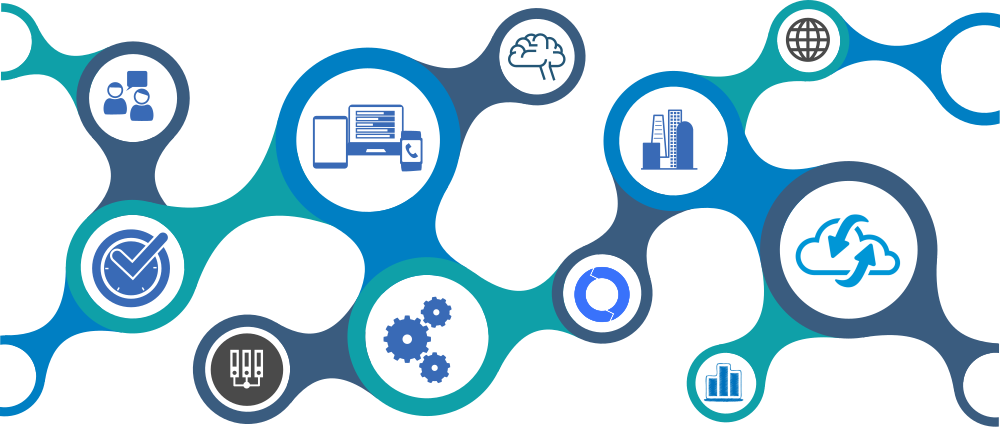Posts in Category: Marketing
[VIDEO] How will Internet of Things change Brand and Consumer interaction? – YouTube
So, how will Internet of Things change brand and consumer interaction? It might be too early to predict! But, in this video, Jasmeet Sawhney, talks about some areas that are emerging that give us some insight into how it might impact brand and consumer interaction.
via: http://yiblab.com/how-internet-of-things-change-brand-consumer-interaction/
End of Google’s Growth, and 6 Online Advertising Issues You Need to Know – Published on Digital Doughnut
Alphabet/Google’s revenue continues to grow. In fact, earlier this year, it briefly surpassed Apple to become the most valuable public company. But, over the years, Google has reported one number that has left the advertising world wanting to know more. Since 2011, the average ‘ad cost’ continues to decline. In simple terms, Google is serving more and more ads every year, but each ad is earning company less and less. To someone in the online advertising world, this should not be news; online ad effectiveness has witnessed slow and steady decline over the years. The industry doesn’t want its customers to know about some underlying issues that are creating an online advertising bubble. Following six issues are a big reason for concern as there would likely be no turning back the moment advertisers get a grip of what is really happening.
1 – Perils of Technology & Automation
Yet, there is a much bigger irony at play – virtues of automation are becoming its own flaws.
Advertising technology has seen tremendous advancement in the past decade. From precise user tracking and matching algorithms to automation and programmatic buying, placing an ad now requires very little human effort. For most part, this has been a big boon for all stakeholders, but some cracks are starting to show. For one – advertisers took industry’s word on ad effectiveness, who in turn totally relied on advanced technology for their argument. If you look at ad performance over the years, it paints a completely different picture – online ad efficiency has been declining, and it has been declining for some of the most advanced online businesses who really know what they are doing. Yet, there is a much bigger irony at play – virtues of automation are becoming its own flaws. Automation has made it extremely cheap to plan and place ads on small/low quality websites, which has encouraged advertisers of all sizes to join in hordes without understanding anything about ad efficiency.
via End of Google’s Growth, and 6 Online Advertising Issues You Need to Know – Digital Doughnut.
Experts Share Tips on How to Streamline Marketing Processes – Published on Docurated
“Given the modern marketing ecosystem, the single most important factor is to…”
Train marketing teams on technical skills. In the work that we do with both large and small clients, traditional marketing teams still rely heavily on IT and Business Technology teams. It ends up affecting all marketing activity since every single marketing process is driven by technology these days. Whether you are doing lead nurturing, social media marketing, content marketing, website optimization, or customer segmentation – if the marketing team doesn’t have the right technical tools and skills, none of the processes will be efficient. Same is true for data analytics, which is also traditionally a CIO responsibility, but never efficiently used if marketing teams don’t know how to work with data.
Modern marketing teams need to acquire these skills if they want to streamline processes and stay ahead of the competition.
via How to Streamline Marketing Processes: Tips from 60 Experts – Docurated.




Ask The Headhunter: Users Sound Off on LinkedIn – Published on PBS NewsHour
Jasmeet Sawhney: Great article, Nick. I agree that double-dipping is a big problem. But, do you really believe LinkedIn’s push into content/publishing is only to boost their job-board business? There is a big community element in it for the user, no?
via Ask The Headhunter: Users Sound Off on LinkedIn | PBS NewsHour.